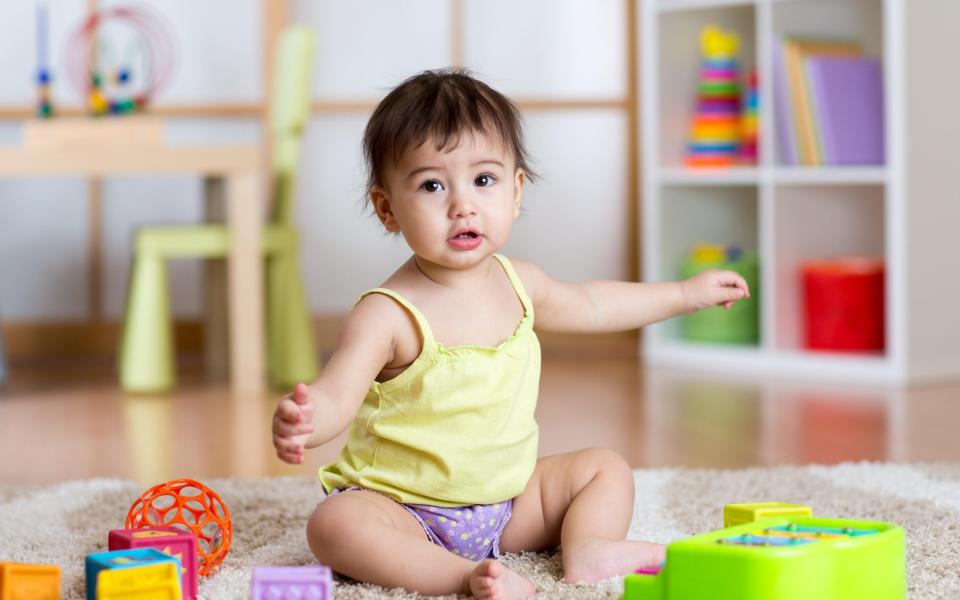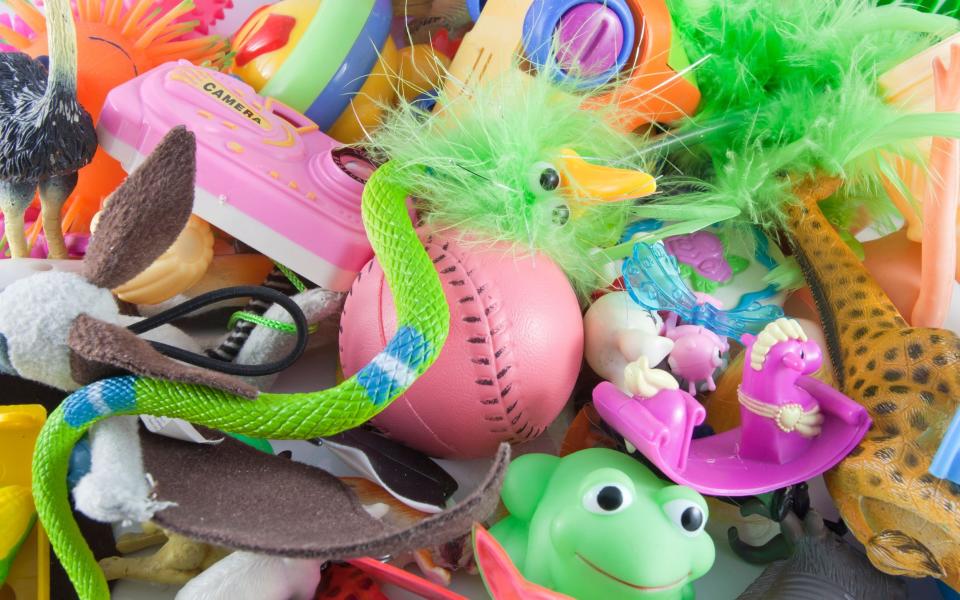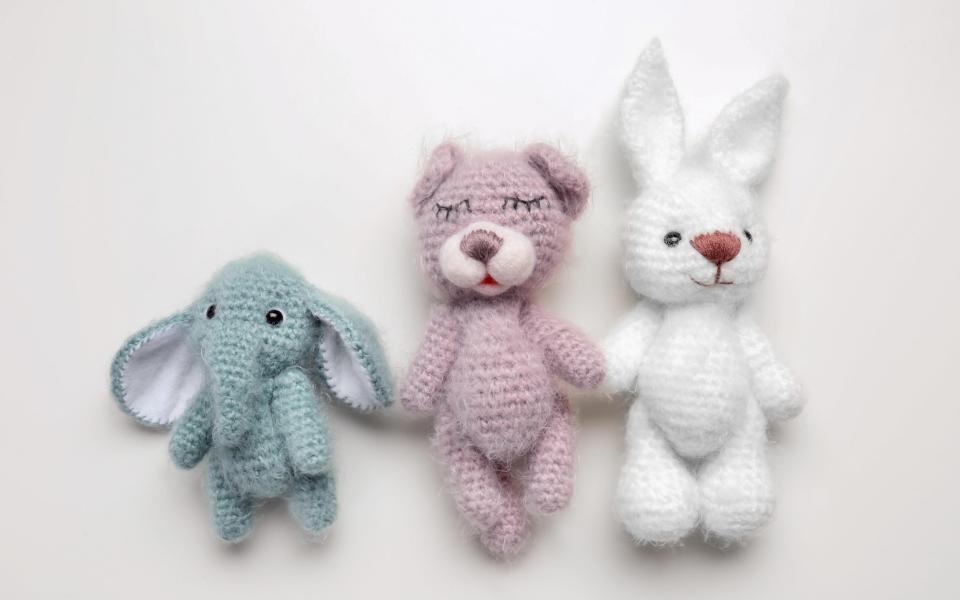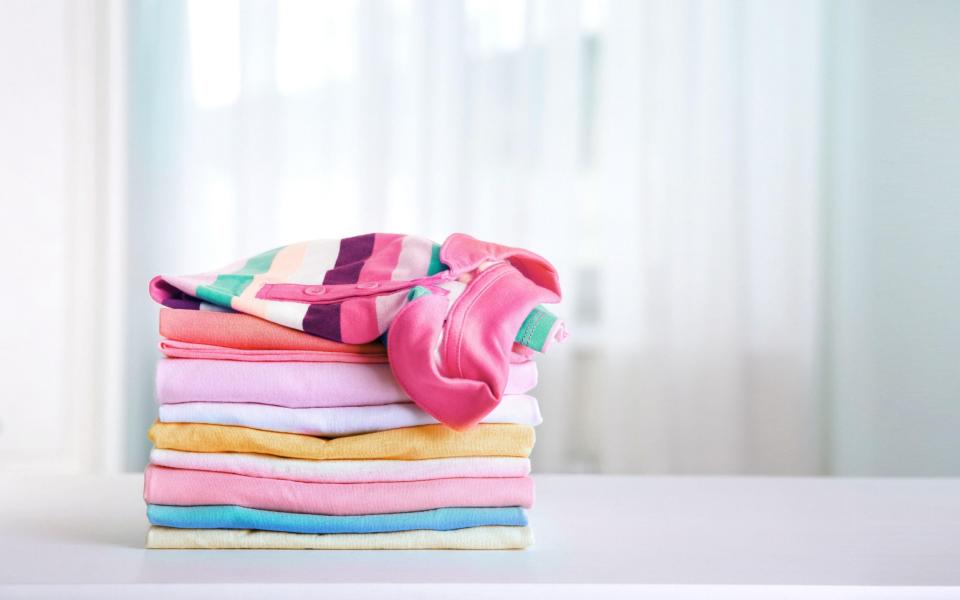Get real Eugenie – parenting without plastic just isn’t possible

As the mother of two-year-old twins, I couldn’t help but raise my eyebrows at Princess Eugenie’s latest comments. She announced on Tuesday that she is expecting her second child with her husband Jack Brooksbank. Lovely stuff.
Days before she had revealed her eco-approach to parenting at the World Economic Forum in Davos. She and Brooksbank, she told the audience, are bringing up their son August to be an environmental activist and plastic has been banned from her home.
“My son’s going to be an activist from two years old,” she said. “At home we have no plastic… I’m trying to teach him that. But it’s a battle.”
Wooden water pistols at the ready Eugenie - a battle it certainly will be. Even with the best will in the world, I’ve come to the conclusion that parenting without plastic just isn’t possible.
It’s all very well trading the Duplo for “wholesome” Forest Stewardship Council-certified wooden blocks, but what happens when granny and grandpa turn up bearing a flashing Cocomelon Singalong boombox? Turning your nose up could cause a major family fallout, never mind a full-on toddler tantrum. In my experience, the brighter and tackier the toy, the more it’s catnip for my kids.
I’ve tried my best with knitted organic cotton cuddly squirrels, yet each of my children’s beds is slathered with a menagerie of teddies (all gifts), most of which are made from polyester.
Then there are the more mundane elements of toddler life: sippy cups; nappy creams and baby toothpastes in their plastic tubes; that little dosing syringe that comes with every bottle of Calpol.
My partner and I have demanding full-time jobs, and sometimes convenience has to take priority over sustainability. Researching and sourcing the sustainable version of every single one of these items would be a career in itself.

Juliet Kinsman, founder of the non-profit environmental consultancy Bouteco, is the most rigorously sustainable person I know. I asked her how she navigated low-impact parenting.
“I was that obnoxious person who sent out an email when my daughter was born asking for no plastic toys,” she admits.
Even she couldn’t avoid plastic altogether though. “I never went that far,” she says. “You can’t be that micro. I would just say my aim was to avoid single-use or disposable goods, and to always opt for hand-me-downs where possible.” The effort has paid off: “My daughter shares my values too. Now that she’s a teenager, it’s great; she’s practically allergic to plastic.”
I’m not not trying. While our friends waxed lyrical about nappy bins, which use acres of plastic to conceal the smell of dirty nappies, we put a regular bin outside the back door instead.
We decant refill cartons of Johnson’s Baby Bath into an old bottle, and our fruit and veg comes from Oddbox, a company that delivers boxes of ‘wonky’ or surplus produce rejected by supermarkets. We’re also lucky to have lots of hand-me-down clothes from older cousins.
I do draw the line at reusable nappies. Yes, my grandparents’ generation managed just fine, but the laundry alone would be a full-time job, and an unpleasant one at that.
This doesn’t mean I don’t want my children to be enthusiastic activists like August. But Kinsman is right, it’s about making more considered decisions wherever possible - parenting without plastic is just one step too far for me right now. Sustainable living is a constant learning curve. So here are some of the baby steps to getting started.
Five easy ways to raise a mini environmental activist (no reusable nappies required):
1. Seek out sustainable toys
Little Dutch and Jacques of London sell wooden toys that kids genuinely want to play with. Loved Before describes itself as a soft-toy adoption agency, and turns old teddies into new ones. If friends and family must buy plastic toys, consider recycled plastic ones from Green Toys.

2. Trade plastic bottles and cups for glass ones
The most sustainable thing to do is to teach your child to drink from a regular glass, but until then, buy Mam or Tommee Tippee bottles made from toughened glass, which not only look and feel nicer than the plastic ones, but are easily recycled too. You still need the plastic teats and lids though. Munchkin Miracle has stainless steel sippy cups, albeit with plastic lids.
Silicone is often touted as a sustainable alternative to plastic. It is better, but not ideal as it’s difficult to recycle. You can buy lovely children’s bowls and plates made from bamboo as well, just bear in mind that they’re not dishwasher-safe.
3. Cook with wonky veg
Trade the Ella’s Kitchen and HiPP ready meals for homemade food using wonky veg. Oddbox, the Wonky Food Company and Pikt Fresh are all great sources.
4. Buy or borrow second-hand clothes
I’m lucky enough to have access to lots of hand-me-down kids’ clothes, as well as a nearby Fara Kids charity shop, which has brilliant second-hand childrenswear, often from luxury brands. Designer childrenswear can even be rented. For new clothes, the Swedes do some of the best sustainable childrenswear out there. Mini Rodini and Polarn O Pyret are stylish, wash well and can survive being handed down to at least two more children. Polarn O Pyret also has a second-hand offering online.

5. Try a toddler-height recycling bin
Embrace the fact that toddlers love fidgeting with doors, letterboxes and buttons and encourage them to put rubbish in the correct recycling bins themselves.

